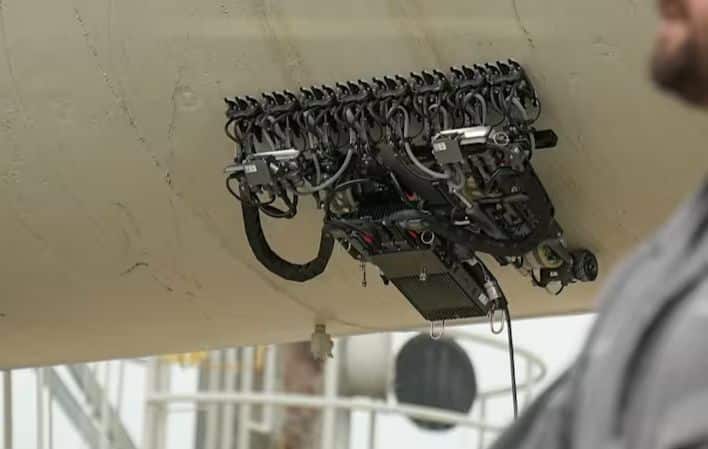Predictive maintenance has always been a cornerstone of efficient energy operations. By anticipating equipment failures before they occur, plants can avoid costly downtime, improve safety, and extend asset life. But until recently, predictive maintenance relied heavily on manual inspections and limited data collection. Today, robotics is changing that equation.
The Role of Robotics in Energy Plants
Robots are being deployed in power plants to perform routine inspections and data collection. Equipped with vibration sensors, thermal imaging, and acoustic monitoring tools, these robots can detect issues long before they become serious problems.
Unlike human operators, who might conduct rounds once a month or focus on high-priority areas, robots can perform inspections daily, from the exact same angle and position, ensuring data consistency and reliability. This creates a detailed, unbiased record of equipment health over time.
Consistency Creates Better Data
Data is only as good as the way it is collected. Humans, by nature, are subject to bias, inconsistency, and simple limitations—we can’t be everywhere at once, nor can we capture every detail perfectly. Robotics addresses these challenges by:
- Collecting measurements at the same locations and intervals every day.
- Eliminating human bias in observation.
- Gathering layers of data that humans typically cannot, such as subtle vibration or temperature changes invisible to the naked eye.
This consistency results in higher-quality datasets, which in turn lead to more accurate predictive maintenance models.
Shifting Human Effort to Higher-Value Work
One of the most important benefits of robotics is worker augmentation. By taking over repetitive data collection tasks, robots free up human operators to focus on higher-level responsibilities—strategic analysis, decision-making, and problem-solving.
Instead of walking the same rounds day after day, workers can concentrate on interpreting the data, planning proactive maintenance, and ensuring plant performance.
Uncovering Problems Earlier
Traditionally, a plant might only perform vibration analysis once a month. But with a robot collecting vibration data daily, anomalies can be spotted much earlier. A minor issue that could escalate into a major failure might now be caught weeks in advance, reducing risk and repair costs.
This shift from reactive to proactive maintenance is what makes robotics so powerful. Plants no longer need to wait for a problem to emerge, they can prevent it.
A Layered Data Approach
NAES enhances equipment health monitoring by integrating data from multiple sensor layers—including vibration analysis, thermal imaging, acoustic signatures, and visual inspections—into unified datasets. These diverse sensor streams are then merged and analyzed by AI software platforms, such as Cantilever, developed by Gecko Robotics, enabling cross-correlation of patterns and early detection of subtle issues.
This holistic view allows operators to identify patterns and correlations that would be nearly impossible to detect manually.
Efficiency and Environmental Benefits
Even small improvements in predictive maintenance can have significant outcomes. By catching problems earlier and optimizing maintenance schedules, plants can reduce downtime, save fuel, and operate more efficiently. Even a modest 1–2% improvement in heat loss efficiency delivers significant environmental and economic benefits—effectively providing the same impact as increasing generation capacity, but without the need for new plant construction.
The Future of Predictive Maintenance
As robotics becomes more common, plants will increasingly rely on these tools not only to collect data but also to provide insights. Paired with AI-driven analysis, robotics will elevate predictive maintenance from a useful practice to a strategic advantage.
The utilization of robotics and AI gives plant workers the ability to anticipate issues earlier, base decisions on richer data, and focus their expertise where it matters most.
Predictive maintenance is getting an upgrade—and with robotics, the energy sector is stepping into a future of greater reliability, efficiency, and resilience.
Listen to the full episode here and get practical insights into the future of energy, from industry insiders who are building it.











